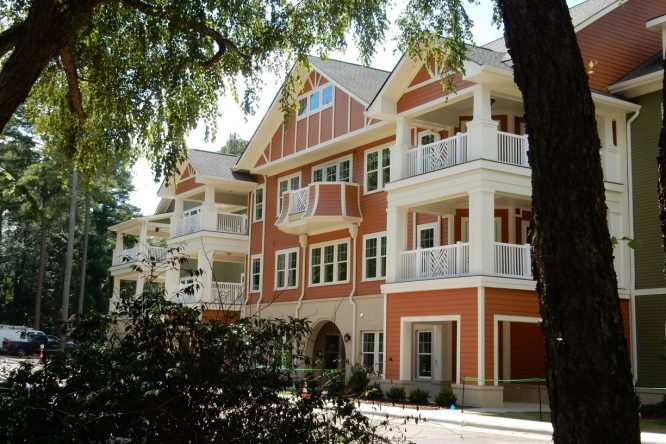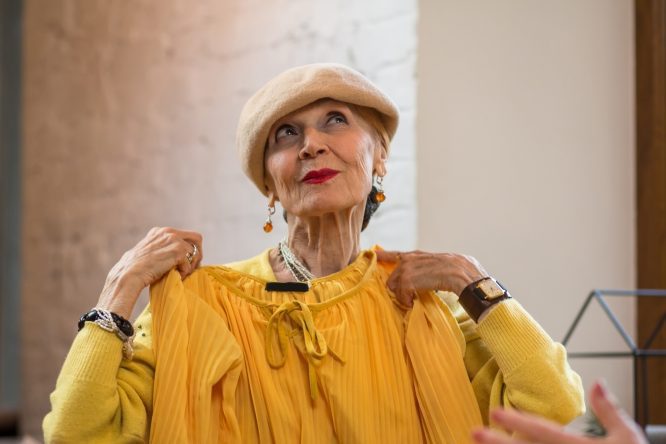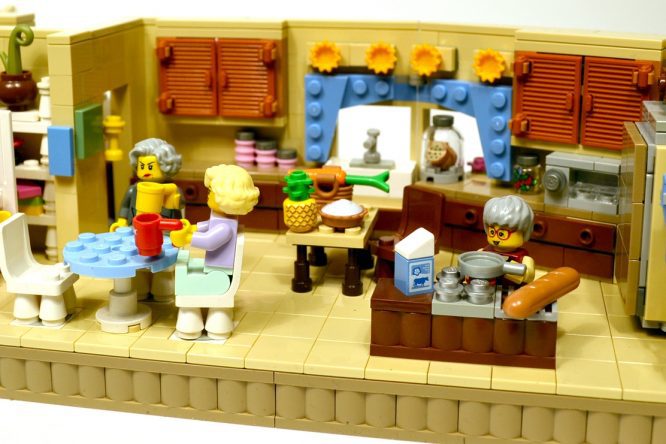What do you call a single-family, detached or semi-detached residence at your community? Is it a villa, a cottage, a townhouse or something else entirely? I’ve worked with aging services providers that have built homes that are exactly the same, in two different locations, calling them a villa in one community and a cottage in another. Outside of the physical location of the structures, they were identical in every way.
This led us to wonder — are we, as aging services marketers, confusing potential residents because of the language we use to describe our products?
Let’s go back to the basics. What’s the definition of each of these housing types? For the purpose of consistency, we’ll utilize dictionary.com as our point of reference for our definitions.
Villa — a country resident or estate; in British parlance, it can also denote a semidetached dwelling house, usually suburban
Cottage — a small, usually one-story, modest dwelling that could be owned or rented, sometimes as a vacation home
Townhouse — a house in the city, especially as distinguished from a house in the country owned by the same person; one of a row of houses joined by common sidewalls
Condominium — an apartment house or other multi-residence complex in which the residences are individually owned but with shared responsibility for common areas
Bungalow — a cottage of one story; popular during the first quarter of the 20th century, usually having one and a half stories, a widely bracketed gable roof and a multi-windowed dormer, frequently built of rustic materials
Mew(s) — a place of retirement; chiefly British; a street having small apartments
Carriage house — a small home, usually part of a larger estate, adjacent to a main house
I’ve found all of these terms used to describe residences in one community or another. Objectively, many of these residences were very similar, the only major difference being whether they were detached residences or not.
Put yourself in the shoes of Boomer or seniors that are attempting to compare options and services. They may be trying to decide whether your 1,700-square-foot villa is comparable to another community’s 1,700-square-foot cottage. Or maybe they are considering a 1,200-square-foot carriage house or townhouse. Do the descriptors “cottage” or “bungalow” equate to “small” in their minds, or does “villa” make them think of a memorable trip to Tuscany? The sheer brainpower it takes to sift through all of the options could be staggering.
Throughout the years, branding has shown us that the best-selling products are those that can be described simply and that can easily show their value. Can you say that about the residence mix at your community? Perhaps your community isn’t even the challenge, but other campuses surrounding yours are using different language in an attempt to position themselves in the market. How could this trend be helping or hurting your marketing efforts?
This post is somewhat rhetorical. We don’t have a succinct answer to the problem; rather, we want to ask the question and start a conversation. How much does the language we use matter? Does it create confusion in the marketplace simply because we want to make a product sound more appealing? What will we be calling our senior living residences of the future?
All I know is that, as long as I’m not living in a tiny house, I think I’ll be okay.



